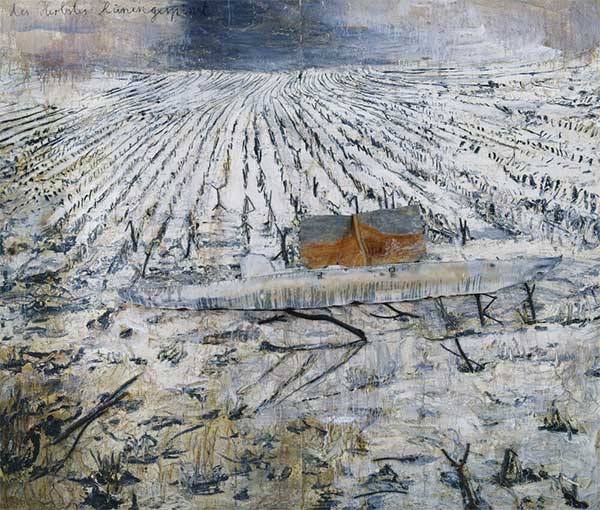
Somebody – a friend – asked me ‘what do you remember before the age of seven?’
In 1961 I was four years old.
We lived in a rundown part of Dover – Buckland.
My mother owned a small corner shop.
One day my father came home drunk
packed a bag, left and never came back.
We all hated him
The bastard.
After the Luftwaffe bombed Dover flat
It was mostly ash underfoot and the smell of burnt half demolished buildings
husks which ended their days on antidepressants as if that were possible.
Nowadays they would remind you of people in Philadelphia petrified in motion by Fentanyl.
As if frozen in time when the music stopped
Except black and empty and full of obsolete moons and stars that bring to mind toy sheriff’s badges not a million silver iotas in the night sky.
In a bombed out building I found a tin hat and a gas mask.
Tutenkarman had nothing on that find.
I got a dog for my fourth birthday,
it bit me and I’ve never liked dogs since.
Two doors from our shop was a Chinese restaurant.
Out the back they kept a chicken tied on a bit
of string
It rarely lasted until the end of the evening.
I guess chickens understand fate as well.
Once we dug a big hole at the back of the cinema
somebody told us there was a ‘Woolly Mammoth‘ buried there.
Like most things they told us back then it wasn’t true.
I saw a ghost in the attic where the previous owner had stored religious artefacts.
They sent a priest to question me.
He reckoned I was probably telling the truth.
But nothing more was said
My brother got arrested for stealing lead from old
buildings.
He was too young to be locked up for life.
So they let him go.
My mother was kind to gypsies and served them in our shop
They said my mother would be ’lucky‘.
She wasn’t and always loved men who got drunk and beat her up until the day she died.
I actually remember a lot before the age of seven.
Anselmo Keifer is undoubtedly the greatest artist
of the Twenty-First century.
“Anselm Kiefer frequently incorporates burnt materials into his art, using them to symbolize loss, destruction, and the cyclical nature of history. He often incorporates burnt wood, straw, and charred paper into his paintings and sculptures, layering them with other materials like paint, ash, and lead. These materials are not just aesthetically chosen but serve a symbolic purpose, reflecting themes of memory, history, and the destructive power of war.”
Anselmo Keifer would have loved Post War Dover
I could have shown him around the bomb sites.
We could have taken a charred stick and written on the wall of a derelict factory in his German language, the words of his beloved poet Paul Celan in ‘Todes Fugue’:
Schwarze Milch der Frühe wir trinken dich nachts
wir trinken dich mittags der Tod ist ein Meister aus Deutschland
wir trinken dich abends und morgens wir trinken und trinken
er Tod ist ein Meister aus Deutschland sein Auge ist blau.*
Or as TS Eliot wrote in ‘Rhapsody on a Wintery Night’.
“Twelve o’clock.
Along the reaches of the street
Held in a lunar synthesis,
Whispering lunar incantations
Dissolve the floors of memory
And all its clear relations,
Its divisions and precisions”.
“The last twist of the knife”
So it’s back to Dover bombs and what you remember.
An attic full of dumbstruck Virgin Marys
A piece of waste ground empty spread out
like a scorched sheet to catch the falling bombs.
A kid found a grenade in a cellar and it rained like forever in 1961.
Or so it seemed.
Before the age of seven.
What do we remember?
And where do we go from there?
.
Malcolm Paul
Picture Anselmo Keifer
*“Black milk of dawn we drink you at night
we drink you at noon death is a master from Deutschland
we drink you evenings and mornings we drink and drink
death is a master from Deutschland his eye is blue”
.
